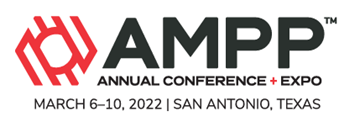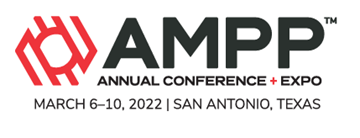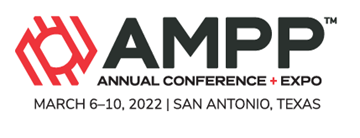Search
Exploring The Truth About Aluminium Flakes As Pigments In Corrosion Protective Coatings
Also Purchased
Expected Service Life And Cost Considerations For Maintenance And New Construction Protective Coating Work
Product Number:
51322-17616-SG
Publication Date:
2022
$20.00
External Stress Corrosion Cracking Of In-Situ Carbon Steel Pipelines
Product Number:
51322-17682-SG
Publication Date:
2022
$20.00
Factors In Galvanic Corrosion Between Steel And Iron Sulfides In Acidic Solutions
Product Number:
51322-17827-SG
Publication Date:
2022
$20.00




